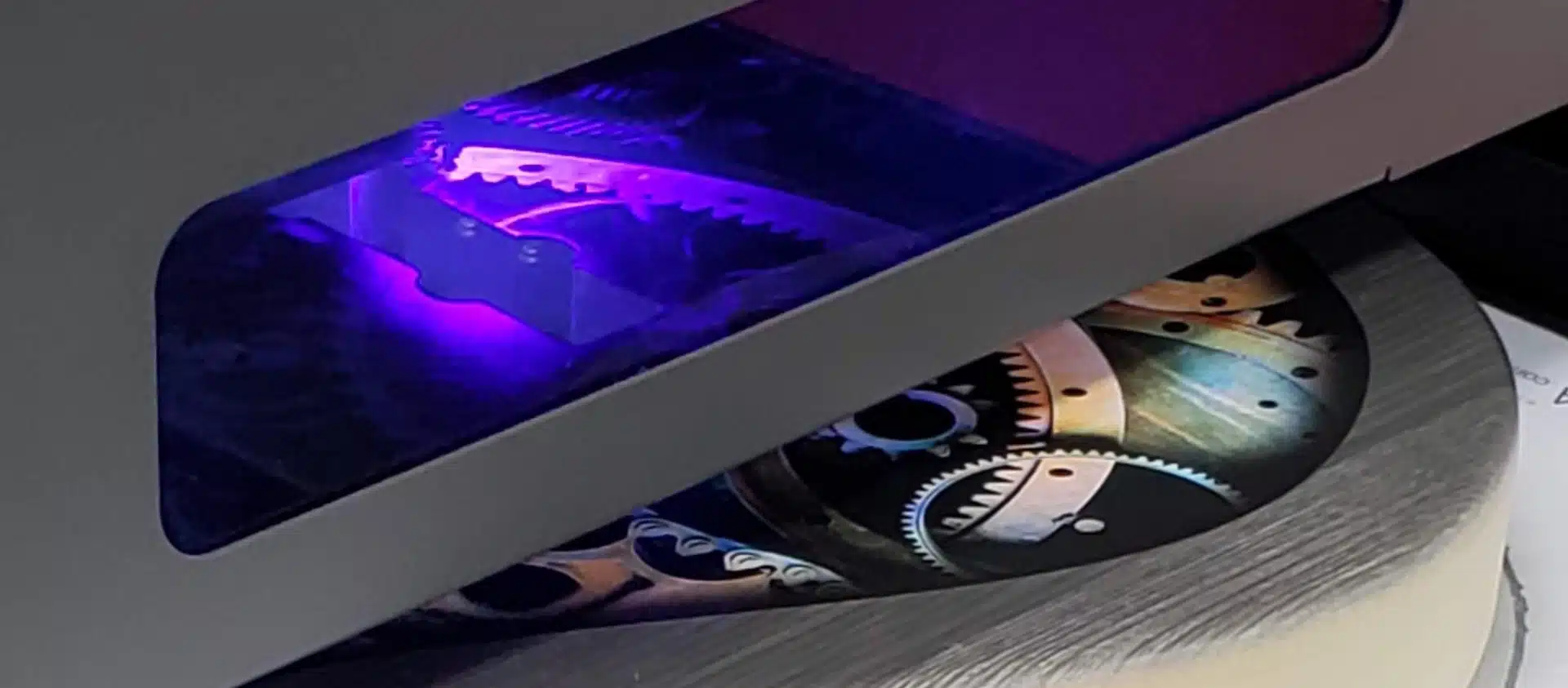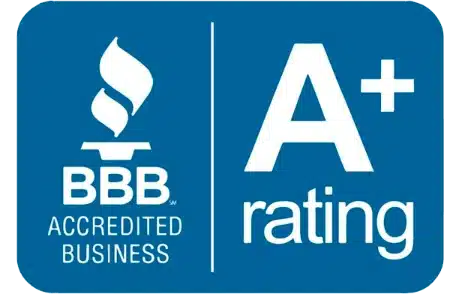Separating Fact from Fiction for Print Business Owners
As UV printing’s popularity grows, so do misconceptions, leading to unrealistic expectations. While UV printing is versatile, it is not a one-size-fits-all solution. This article aims to clear up common myths and get to the truth about UV printing.
UV Printing Misconceptions
Myth #1: UV Prints Are 100% Waterproof and Weatherproof
Reality: UV prints are extremely water and weatherproof compared to most traditional prints and transfers. While UV prints are durable, they may require protective coatings for long-term outdoor exposure.
A common misconception is that UV prints are completely waterproof and weatherproof. The truth about UV printing: UV ink resists water better than many traditional inks. However, long-term exposure to outdoor elements—such as UV rays, moisture, and extreme temperatures—can cause fading or degradation without additional protection.
What you need to know:
- Direct exposure to sunlight can cause UV prints to fade over time unless a UV-protective layer is applied.
- Outdoor signage benefits from clear coatings or lamination to prevent wear.
- The choice of material matters—rigid surfaces, like acrylic or aluminum, provide better longevity than softer substrates.
The Verdict: UV printing is durable but not immune to environmental factors. Proper coatings and material selection can enhance longevity.
Myth #2: UV Printing Works on Any Material Without Prep
Reality: Some materials need primers or adhesion promoters for the best results.
While UV printing is known for its versatility, it does not adhere equally well to all materials without preparation.
Materials that need surface treatment:
- Glass & Ceramics – Require primers for better ink adhesion.
- Certain Plastics (e.g., Polypropylene) – Need adhesion promoters to prevent peeling.
- Metals – Some require pre-treatment for strong bonding.
The Verdict: UV printing is capable of printing on various materials, but some need prep work for optimal adhesion.
Myth #3: UV Printing is Completely Eco-Friendly
Reality: While UV printing reduces waste and emissions, it still involves chemical processes.
Many assume UV printing is 100% eco-friendly because it eliminates solvent-based inks. While UV printing is greener than traditional solvent or screen printing, it still has an environmental footprint.
Eco-friendly aspects of UV printing:
- No solvent-based inks or volatile organic compound (VOC) emissions
- Less ink waste than traditional printing methods
- LED UV curing uses less energy than mercury lamps
Environmental concerns:
- Some UV inks contain chemicals that require proper disposal
- UV curing requires controlled ventilation to reduce airborne particles
- Some UV printers still use mercury vapor lamps, which require special handling
The truth about UV printing: UV printing is more eco-friendly than solvent-based printing, but it is not a fully green technology.
Myth #4: UV Prints Last Forever Without Fading or Wear
Reality: UV prints are durable but not immune to wear and fading.
Over time, exposure to moisture and handling can cause slight fading, scratches, or wear, particularly on frequently touched or outdoor-exposed prints.
How to extend UV print life:
- Apply clear UV coatings or laminates for extra protection.
- Use UV-resistant inks for longer-lasting outdoor prints.
- Consider substrate durability—harder materials tend to last longer.
The Verdict: UV prints are long-lasting, but additional protection is often necessary for high-touch applications.
Myth #5: UV Printing is Always More Cost-Effective Than Other Methods
Reality: Cost-effectiveness depends on volume, material, and project type.
While UV printing offers on-demand customization without setup costs, it’s not always the most budget-friendly option.
Cost factors to consider:
- Initial investment – UV printers can range from $25,000 to $100,000+
- Ink costs – UV inks are more expensive than solvent or screen-printing inks
- Maintenance – Regular cleaning and part replacement contribute to long-term costs
Best for:
- Faster production & lower labor costs requiring quick turnaround
- High-detail, full-color printing on unique materials
Not ideal for:
- Vehicle wraps due to flexibility requirements
- Temporary applications where cost-cutting is more important than longevity
The truth about UV printing: UV printing is great for customization but is not always the cheapest option.
Myth #6: UV Printing is a Maintenance-Free Technology
Reality: UV printers need regular upkeep to prevent downtime and defects.
Unlike standard inkjet printers, UV printers require ongoing maintenance to function properly.
Maintenance tasks include:
- Printhead cleaning to prevent clogs
- Ink circulation management to avoid sediment buildup
- Ensuring proper curing lamp function for consistent results
The Verdict: Regular maintenance is essential for keeping a UV printer running smoothly.
Myth #7: Any UV Printer Can Print High-Quality Textured or Raised Prints
Reality: Raised or textured printing depends on multiple ink layers and printer capability.
Not all UV printers can produce embossed effects or textured prints. Achieving raised prints requires:
- Layered ink printing (multiple passes of white or clear ink)
- A printer with high ink deposit capability
- Proper curing settings to build up texture without over-curing the lower layers
The Verdict: Only specialized UV printers can effectively create raised or embossed effects.
Myth #8: Printing with UV Ink is Just Like Printing with Any Other Ink
Reality: UV inks cure instantly under UV light, requiring specialized settings and techniques.
Unlike solvent or dye-based inks, UV ink does not soak into substrates. Instead, it sits on the surface and hardens under UV exposure.
Key differences:
- Curing speed – UV inks dry instantly, requiring precise print settings.
- Adhesion techniques – Some materials need pre-treatment to ensure strong bonding.
- Ink flexibility – Standard UV inks are rigid; flexible UV inks are needed for bendable materials.
The truth about UV printing: UV ink behaves differently than traditional ink and requires special handling and knowledge.
Myth #9: UV Printing Can Replace All Other Print Methods
Reality: UV printing is not a universal replacement for all printing methods.
Where Other Print Methods Still Dominate:
DTF & DTG for Apparel:
- UV printing is not ideal for flexible fabrics (T-shirts, hoodies, etc.).
- DTF and DTG adhere better to fabric and offer superior washability.
DTF & Screen Printing for Large Runs:
- While UV is great for short-run, detailed prints, DTF is more cost-effective for mass production (e.g., 1,000+ shirts or signs).
- Bulk ink savings make screen printing more practical for large-scale production.
Sublimation for Fabric & Full-Wrap Products:
- Sublimation printing permanently infuses ink into polyester fabrics and coated materials like mugs, which UV cannot replicate.
- UV can print on mugs and bottles but doesn’t offer the same durability on high-use, dishwasher-safe products.
Vinyl & Wraps for Vehicles:
- UV ink is not flexible, so vehicle wraps still require vinyl printing.
- Vinyl can stretch and conform to curves in a way that UV prints cannot.
Cutting Through the Hype
UV printing offers incredible versatility, speed, and quality. It’s important to separate facts from myths to avoid costly mistakes. With proper knowledge, businesses can maximize UV printing’s potential while ensuring they choose the right technology for their needs.
- Explore ColDesi’s lineup of high-performance UV printers
- Contact ColDesi’s expert team for personalized advice
- Learn how UV printing can fit into your business strategy
UV Printer Myths vs. Reality: What You Need to Know Before Buying - The Truth About UV Printing
Many buyers focus only on the initial price but overlook costs such as:
- Ink consumption and pricing
- Maintenance and repair expenses
- Replacement parts availability
- Power consumption
- A lower-cost printer may end up costing more in the long run.
The truth about UV printing is that if you need high-volume production, a commercial UV flatbed printer with larger print areas and automation is a better option than a smaller desktop unit.
New UV printer brands often enter the market without extensive testing or industry backing. The truth about UV printing is that established companies with proven track records offer a lower risk of investing in unreliable technology.
Before buying a printer, verify specifications, read customer reviews, and compare real-world print results. This will help ensure the printer aligns with your business model. A little research can save thousands of dollars and countless headaches.
Don’t fall for the myths—get the facts! Visit our website to live chat with a Pro or call 877-793-3278 today. Take the next step toward smarter, more successful UV printing.









